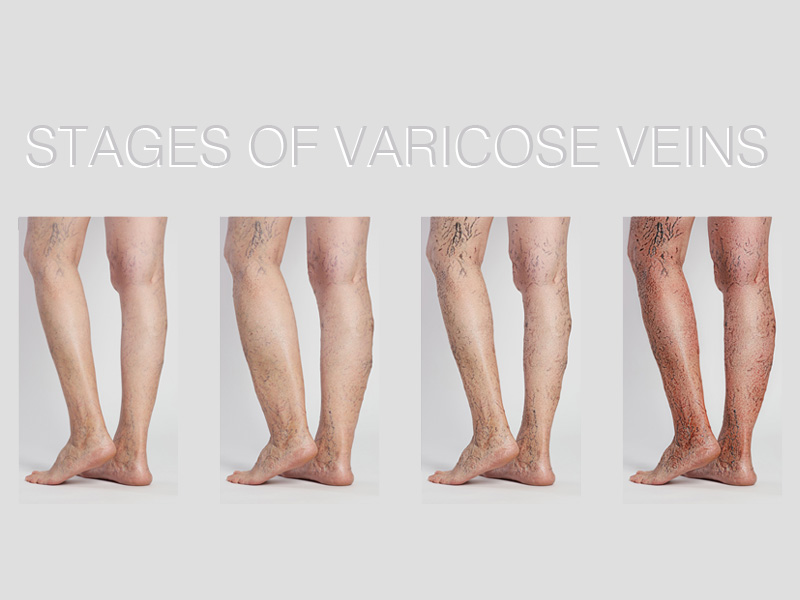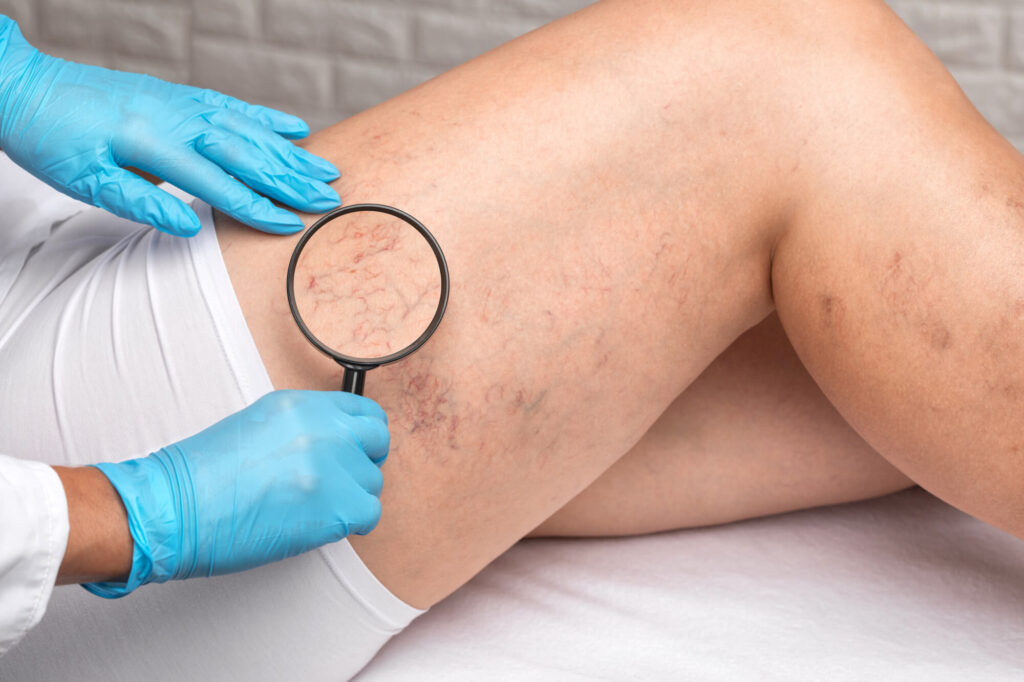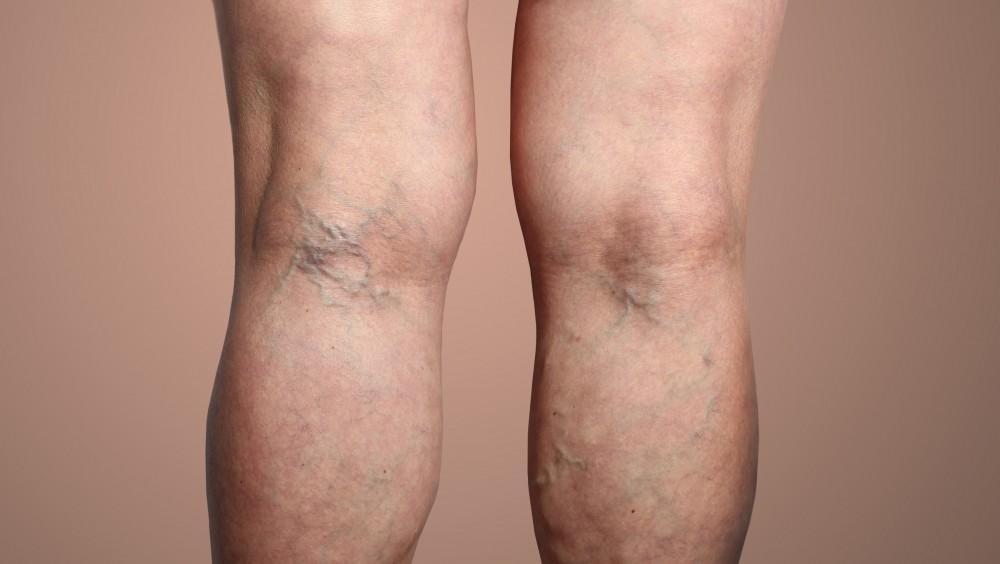Early Stage of Varicose Veins: Symptoms & Treatment
Varicose veins are swollen, twisted veins that typically occur in the legs, resulting from malfunctioning valves that cause blood to pool. While they can be a cosmetic concern for some, varicose veins may also cause discomfort or lead to complications if left untreated. Recognizing the symptoms in the early stages is crucial for managing the condition effectively. This article will discuss the early signs of varicose veins, potential causes, and effective treatment options available to manage and prevent the progression of this condition.Early Stage of Varicose Veins

Understanding Varicose Veins
Varicose veins form when the valves inside the veins become weakened or damaged, which impairs blood flow. Normally, the valves ensure that blood flows toward the heart, but when they malfunction, blood flows backward and pools in the vein, causing it to enlarge. The condition is most common in the legs and feet due to the added pressure from standing and walking, which increases the pressure on the lower body.
While varicose veins may be visible or cause discomfort, the early stages often present subtle symptoms that can be easily overlooked. Early detection and treatment can prevent progression and complications such as skin ulcers, blood clots, or chronic venous insufficiency.
Early Stage Symptoms of Varicose Veins
In the early stages, varicose veins may not be immediately noticeable or cause severe discomfort. However, there are key signs to watch for that indicate the onset of this condition.
1. Mild Swelling in the Legs or Ankles
A common early symptom of varicose veins is mild swelling in the lower legs or ankles, often noticed at the end of the day. The swelling is caused by the accumulation of blood in the affected veins, leading to fluid buildup in surrounding tissues. This swelling may be more pronounced after prolonged periods of standing or sitting.
- Signs of swelling: Puffiness around the ankles or lower legs, especially after standing for long periods.
- Improvement with rest: Swelling often improves after elevating the legs or resting overnight.
2. Tired, Heavy Legs
Another early indicator is a sensation of heaviness or tiredness in the legs. This is caused by the increased pressure in the veins due to the improper flow of blood. The legs may feel fatigued, even after short periods of standing or light activity.
- Symptoms: A feeling of heaviness, particularly in the calves.
- Relief: Often, the sensation improves when lying down or elevating the legs.
3. Aching or Throbbing Pain
Mild pain or discomfort in the legs, particularly around the areas where veins are more prominent, can signal the beginning of varicose veins. This pain may be described as an aching, throbbing, or burning sensation, especially after standing for long periods.
- Pain patterns: The discomfort may increase later in the day or after physical activity.
- Localized pain: Often in the areas where varicose veins are forming, such as the calves or behind the knees.
4. Visible Veins
In the early stages, veins may become slightly more prominent. They might appear as blue or purple lines under the skin, but they are not yet bulging or significantly twisted as seen in more advanced stages of varicose veins.
- Appearance: Thin, visible veins that may look slightly swollen.
- Location: Typically found on the legs, thighs, or around the ankles.

5. Itching or Skin Irritation
Some people with early varicose veins experience itching or irritation around the affected veins. This may be due to the buildup of stagnant blood or mild inflammation in the area.
- Symptoms: Persistent itching or discomfort around the affected veins.
- Skin changes: The skin may appear dry or slightly irritated.
6. Restless Legs
Restless legs syndrome (RLS) is sometimes linked to early varicose veins. The condition causes an uncontrollable urge to move the legs, particularly at night, due to uncomfortable sensations such as tingling or burning.
- Symptoms: Restlessness in the legs, especially when sitting or lying down.
- Connection: Some studies suggest varicose veins can contribute to RLS by affecting circulation.

Treatment Options for Early Stage Varicose Veins
Treating varicose veins in their early stages can prevent the condition from worsening and help manage symptoms. Various non-invasive and minimally invasive treatments are available, depending on the severity of the condition and the symptoms presented.
1. Lifestyle Changes
Modifying certain daily habits can help manage the early symptoms of varicose veins and prevent them from progressing. These simple lifestyle changes can improve circulation and reduce pressure on the veins.
- Regular exercise: Physical activities such as walking, swimming, or cycling can improve blood flow and strengthen leg muscles, which help support veins.
- Elevating the legs: When resting, elevate your legs above heart level to reduce the pooling of blood and decrease swelling.
- Avoid prolonged standing or sitting: If your job or routine requires long periods of sitting or standing, take breaks to move around or shift your position to promote blood flow.
- Maintain a healthy weight: Excess weight can put extra pressure on your veins, so maintaining a healthy weight can help reduce the strain on your lower body.
2. Compression Stockings
Compression stockings are a common and effective treatment for early-stage varicose veins. These specially designed stockings apply gentle pressure to the legs, which helps support the veins and improve blood flow. Compression stockings come in various strengths, and your doctor can recommend the appropriate level of compression for your condition.
- Benefits: Compression stockings can reduce swelling, relieve pain, and prevent the progression of varicose veins.
- Usage: Typically worn during the day, especially during activities that involve standing or sitting for long periods.
3. Topical Creams and Medications
Over-the-counter creams or medications designed to improve circulation and reduce inflammation can also be helpful in managing symptoms of varicose veins. These creams may help soothe itching, irritation, or mild discomfort around the affected areas.
- Benefits: Provides temporary relief from itching or irritation.
- Medications: Anti-inflammatory drugs like ibuprofen can also reduce discomfort and swelling.
4. Sclerotherapy
Sclerotherapy is a minimally invasive procedure often used for treating smaller varicose veins or spider veins. It involves injecting a solution directly into the affected vein, which causes it to collapse and gradually disappear over time.
- Procedure: Sclerotherapy is typically done on an outpatient basis and requires no anesthesia.
- Effectiveness: This treatment is particularly effective for early-stage varicose veins and can prevent the veins from becoming larger or more problematic.
5. Laser Therapy
Laser therapy is another minimally invasive option for treating early-stage varicose veins. It uses laser energy to target and close off smaller veins, causing them to fade over time. This procedure is usually quick, with minimal discomfort and no need for incisions or needles.
- Benefits: Effective for small varicose veins and spider veins.
- Recovery: Requires little to no downtime, and patients can usually return to normal activities shortly after the procedure.
6. Radiofrequency or Endovenous Laser Treatment (EVLT)
For veins that are slightly larger or more problematic, radiofrequency ablation or endovenous laser treatment (EVLT) can be used. These treatments involve using heat to seal off the affected veins, improving blood flow in the surrounding healthy veins.
- Procedure: A catheter is inserted into the vein, and heat is applied to close it off.
- Effectiveness: Highly effective for early and moderate cases of varicose veins, with a short recovery time.
When to See a Doctor
While early-stage varicose veins can often be managed with lifestyle changes and conservative treatments, it’s essential to consult a healthcare provider if symptoms worsen or become persistent. If you notice significant swelling, skin changes, or increased pain, a doctor may recommend further testing or more advanced treatment options.
Conclusion: Early-stage varicose veins often present mild symptoms such as swelling, leg fatigue, visible veins, and discomfort. Fortunately, these symptoms can be managed effectively with lifestyle changes, compression stockings, and minimally invasive procedures like sclerotherapy or laser therapy. Early treatment is essential to prevent the condition from progressing and to avoid complications such as pain or ulcers. If you experience symptoms of varicose veins, consult your doctor to explore the best treatment options.
A perfect Solution Of Varicose Veins Click Here



